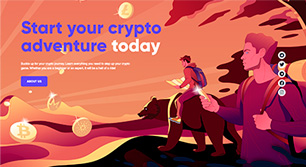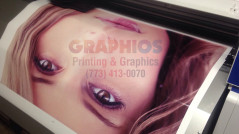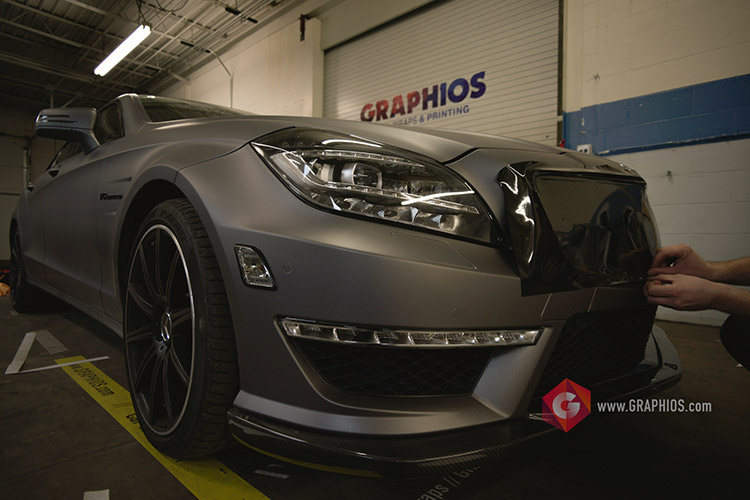It’s hard to imagine that the billboards in Times Square could be any larger, but with Google’s help, everything seems to expand. Why would Times Square be any different?
Newly launched in the heart of New York’s iconic digital arena, the Google interactive billboard is a beast in size and a beauty in display. It’s taking the world of advertising by storm, unleashing even more potential, creative ways that marketers can reach their audience. How people respond to these behemoth, interactive displays, however, is what remains to be seen.
Google’s Times Square Billboard – The Gory Details
So how big is big? Outlandishly big! Here are some stats to blow your mind about the billboard.
- It spans an entire city block
- The billboard measures 77.69 feet by 329.65 feet
- The display, powered by Mitsubishi Electric (the Diamond Vision AVL-ODT10) has an incredible pixel density of 2,368 x 10,048. This shatters the density of the previously impressive 4k display resolution by (wait for it) 15 million pixels.
- It’s not only the largest billboard Times Square has ever seen, it’s the biggest display ever made in North America.
Lest you think this massive creation is only about digitally displaying advertisers; this is where the magic of Google comes in. This is an interactive billboard; and this is precisely the reason marketing will be forever changed.

Front and center, the billboard features an interactive Android game that people can actually play. You can even create customized Android characters and avatars, which can then be made into swag like t-shirts and postcards.
Google has naturally used the billboard to advertise many of its own products, but they’re using their reach for good, too, by featuring non-profits such as Charity Water and the World Wildlife Fund. But the timing by which they built and acquired the billboard is no accident; it all went live just in time for Black Friday and Cyber Monday.
How much does something this vast in scale cost? Google isn’t talking figures, and neither is Clear Channel Spectacolor or Vornado Reality Trust, the two companies in charge of the display. A typical Times Square placement, however, can cost upwards of $4 million a year, so you can bet the interactive nature and sheer size of this one equals an even higher price tag – likely around $2.5 million for a 4-week engagement.
What Interactive Billboards May Mean for the Future of Advertising
Getting the attention of jaded consumers in a world full of stimulus is an increasingly challenging task for marketers. Even Times Square continues to up their game in terms of size, screen display, and overall stimulus. Billboards have gone from static to dynamic, and now, with the added element of interactivity, there’s a whole new chance to truly engage with viewers, and create a deep sense of brand awareness and loyalty.
Gigantic billboards aren’t really new, however, but interactive billboards are. What marketers are really curious about will be the appeal of the interactive elements to the masses. Will people really want to stop and play with a billboard? Will they love it enough to even buy merchandise based on what they experienced? If so, this could have far-reaching effects.
Bearing in mind that Times Square is in some ways an unfair testing ground, due to its tourist appeal and incredible over-the-top advertisements, Google’s experiment may still indicate if interactivity in billboards will be at successful.
Interactive ads are already a part of the online landscape, though not en masse. Advertising content has continuously evolved to appear more like things – such as games, blogs, and social media posts, luring consumers into a marketing experience while making them feel as if it’s more about content than selling products. This is the heart of content marketing, and it’s a smashing success. Content marketing creates an experience that is valuable to the individual, which is why it equates to gold for marketers; it can generate real results.
Google’s foray into interactive billboards is therefore nervy, fascinating, and in many ways, a logical next step. While it’s not realistic to imagine the billboards along our roadways as interactive, we could see these popup across metro areas with lots of foot traffic in the very near future, if Google sees any level of success from the campaign. If that’s the case, marketers, prepare to put your creative thinking caps on, as there are really no limits to the kind of experiences we could create with billboards that people actually play.
If you want to check out Google’s genre-defying billboard, you have until January 31st. At least for now!
What are your thoughts on bringing interactivity to billboards?
Is it the wave of the future or just a marketing fad?
By Tina Courtney-Brown in Advertising Featured Google Marketing












